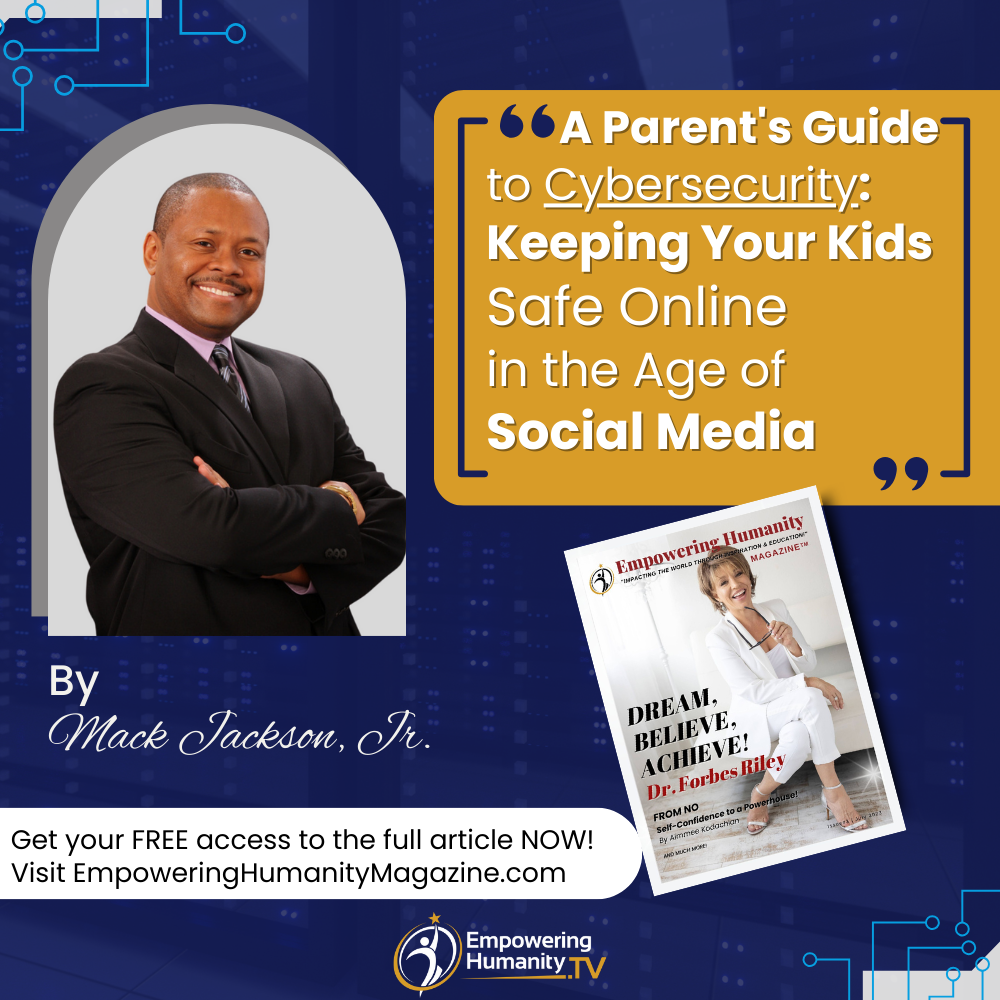What is Success? By Joan S. Peck
It’s easy to confuse what success is because what success means for one may not be what success means for another.
Does success mean more money? The word “money” by itself holds power over us. We all want it, and it’s usually never enough for most of us – we want more. It seems the more we have, the more we want.
Does it mean we must work harder or spend more hours working to be successful in whatever we pursue? From an early age, we are taught if we are to succeed in anything; we must struggle and work hard – that nothing comes easily. Many of us even brag about the number of hours we have worked in a day or week, throwing that number out as if it were a prize to be had.
Can success be something simple like being happy and enjoying life? Yet, we often misjudge those who aren’t interested in grabbing the “brass ring” from the merry-go-round of big business and label them as lazy and less ambitious than the others, especially in large corporations.
Can we have both – money and happiness – and be successful?
I began researching what “successful” people outside of movie stars and sports players believed the keys were to their success. I discovered that truly happy, successful people matched their success to the “tenets of good living.” Interestingly, many of these “tenets” were taught to them as children, while other successful people had been forced to adapt to them from experiences that hadn’t worked out for them.
Here is what I found to be the traits of successful people who may not have listed them as keys to success but have exhibited them in the behavior and actions they demonstrate:
1 They have persistence.
This is the number one trait behind success.
2 They don’t compare, worry or spend their time thinking about what someone else has that they don’t.
They have found purpose in what they are doing and how they are living that satisfies them, not needing input from others, although they are open to listening to others if it has value to them.
To read Joan’s enabling full article, click on this link https://rb.gy/e6xbbu and get your FREE access to Empowering Humanity Magazine™ Now!










